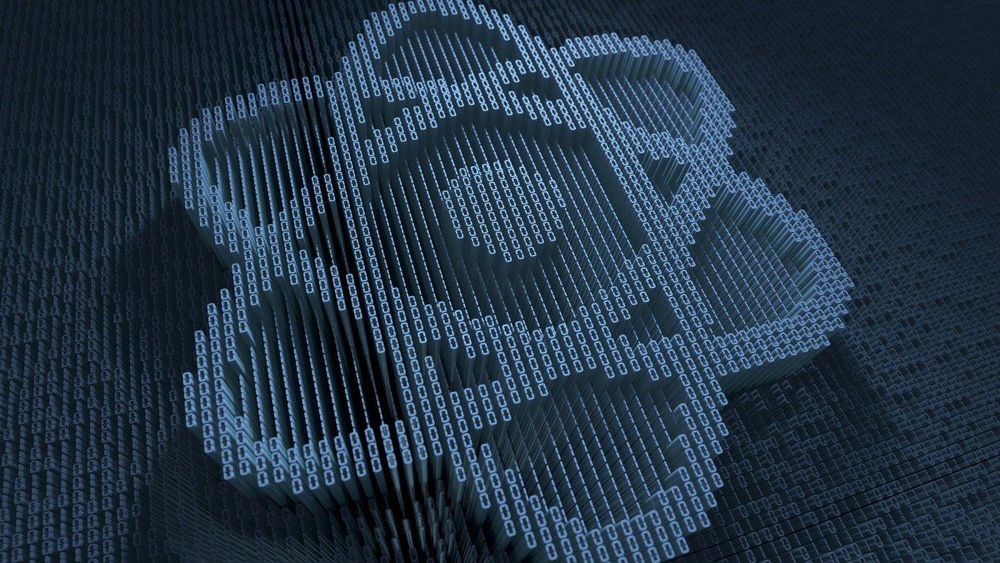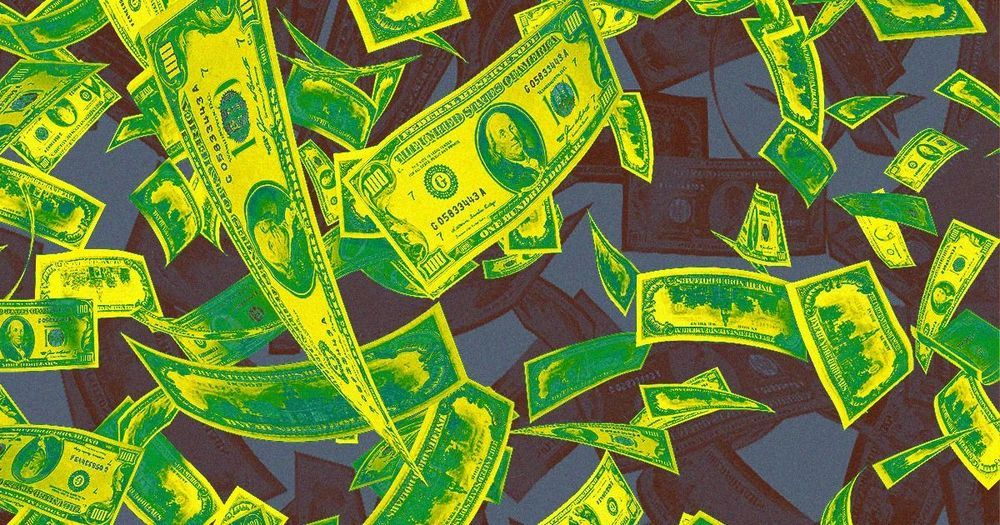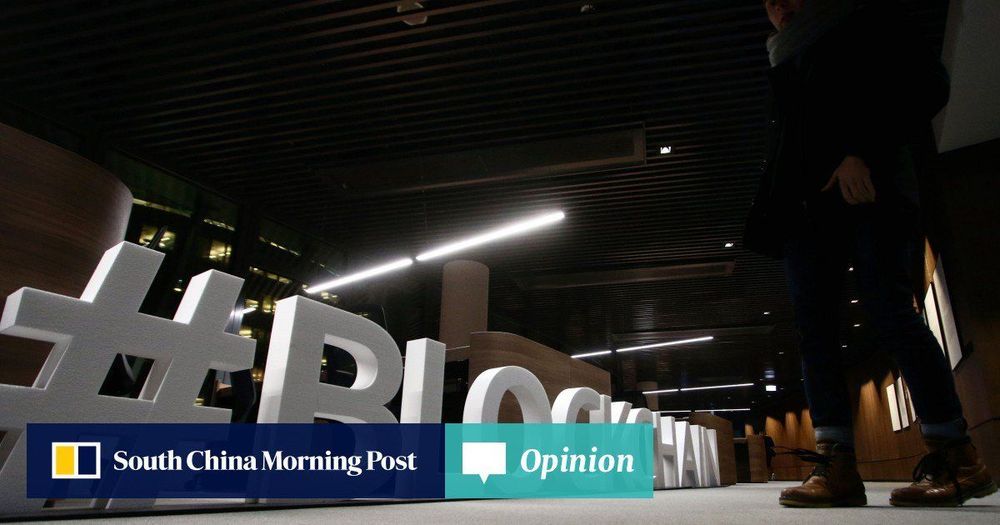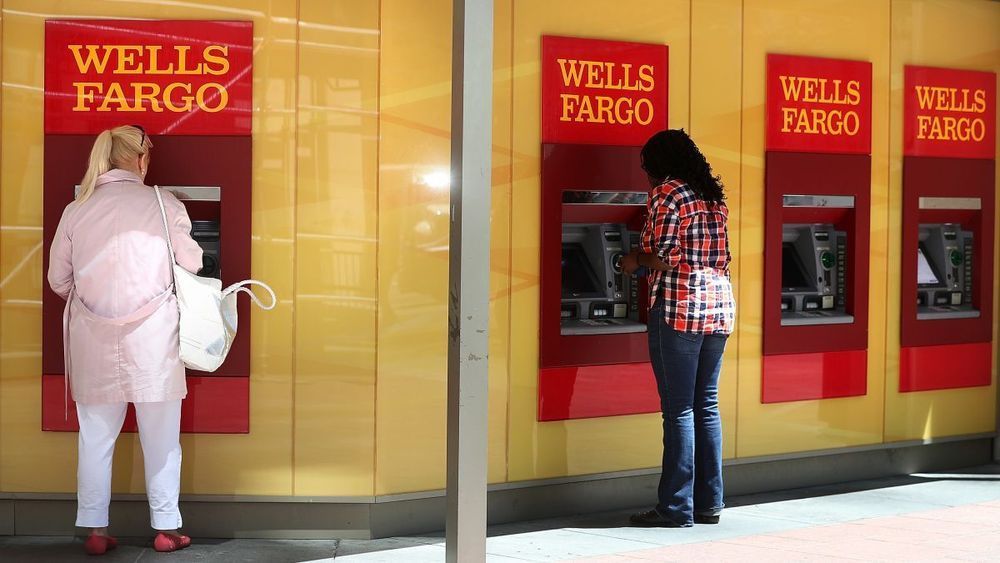We’re continuing to release talks from Ending Age-Related Diseases 2019, our highly successful two-day conference that featured talks from leading researchers and investors, bringing them together to discuss the future of aging and rejuvenation biotechnology.
James Peyer of Kronos BioVentures gave a talk about the investment aspects of rejuvenation biotechnology, first explaining the effects of the population pyramid, showing the audience why cures for age-related diseases are such a necessity, and comparing population projections. He explained the startup ecosystem in biotechnology, drug approval, and IPO prices for nascent biotechnology companies. Finally, he explained the financial issues facing startup biotechnology companies and his company’s role in helping these companies achieve their goals.





